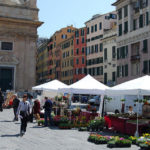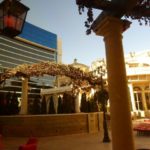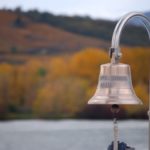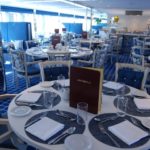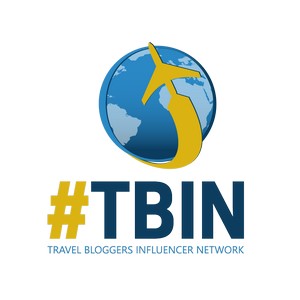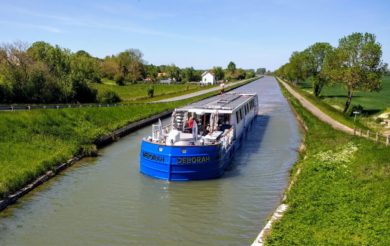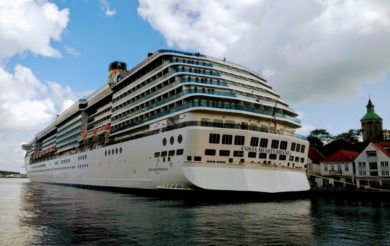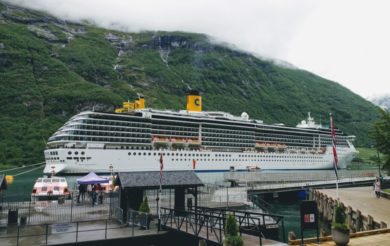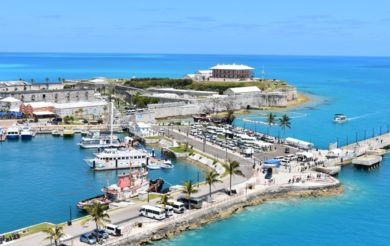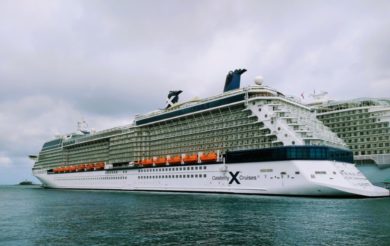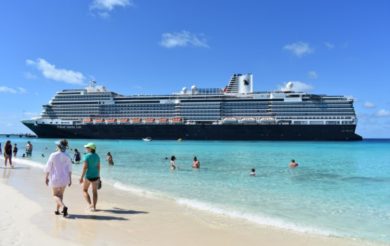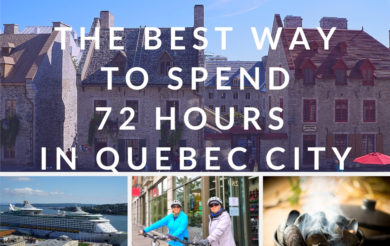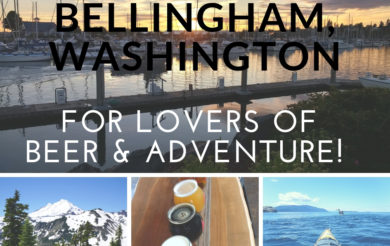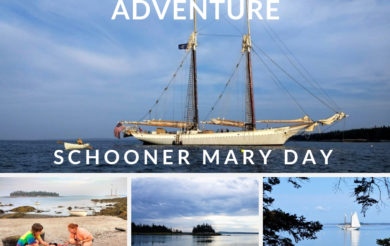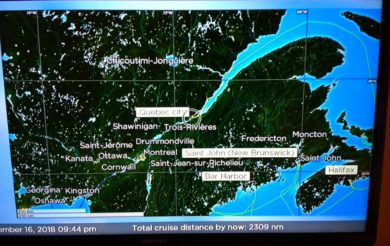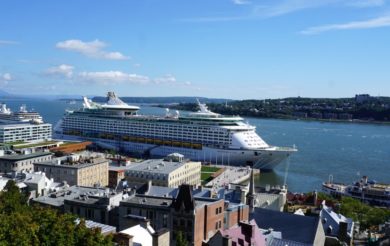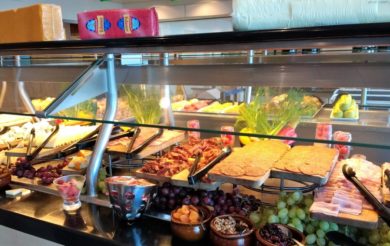Poland: Medieval Glories Await in Krakow
Poland: Medieval Glories Await in Krakow
By Lucy Komisar
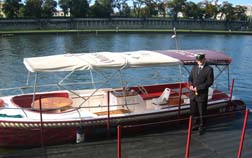
Poland: Andrzej and tour boat
When I arrived in Krakow, I saw the city from the Vistula River, as had many of the founders who used the river for transport. The “founders” takes us back to settlers in the first century, though another millennium would pass before there was much to see that remains on the river banks. Krakow became the capital of the country in the 11th century, which made it a target for conquest, and the Tatars in the 13th century tried three times. From the boat, I could see the remains of Polish defenses, a 700-year old stone fortification wall along the Vistula.
I had a private tour, because I was the only passenger on a small canopy-covered boat captained by Andrzej, who told me he’d been running boats all his life. I wondered if his other boats were any bigger than this one! On the path alongside, people, oblivious to history, were jogging, biking and sitting on benches.
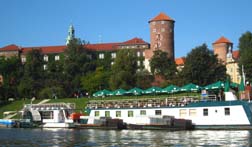
Wawel Castle and restaurant boat
We followed the winding water, the banks planted with trees at least a few hundred years old. I noticed boats tied up along the way. We passed a huge billboard which advertised some entertainment; it was a jarring intrusion. Our main destination was Wawel Castle, a brown brick structure with green bronze steeples and a round tower, small windows and roofs of red tiles. Krakow was the royal capital from the 14th to the end of the 16th century, and this was the royal residence. It was built beginning in the 14th century in styles, depending on the taste of the moment, of Romanesque, Renaissance and Gothic. Viewed from the river, it was a fascinating pastiche.
The next day, I went off to a European economic and political conference at Krynica, a couple of hours drive to the north, which offered another sense of history – even the presence of the anti-communist shipyard workers leader Lech Walensa who helped bring down the Soviet dominated regime. When I returned to Krakow, I saw the city with an old acquaintance, a former member of the German parliament who by chance had been at the Krynica event. We were both fascinated by Krakow’s medieval past.
Our first mission was to visit Wawel Castle, this time from the inside! Wawel is worthy of its status as one of the country’s premier monuments and a UNESCO World Heritage site. Closer up, I could get a sense of the coursing of history, each part represented by part of the architectural mélange, especially from a point outside of the Cathedral, its numerous architectural segments were a cacophony of style. The old arcaded courtyard conjured up visions of processionals and military jousts.
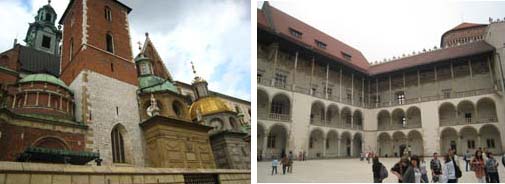
Wawel Cathedral and arcaded courtyard
More medieval glories awaited us at Rynek Główny, the historic market square that was designed in 1297. The huge Cloth Hall, built in the 14th century, is still there, still filled with craftsmen. Around the square, visitors and local were hanging out, as they might have then. Diners enjoyed meals and drank wine and beer at sidewalk cafés around the edges. A few wandering musicians (I almost said minstrels) played. We joined the crowd staring at the double-towered St. Mary’s Cathedral waiting for the famous bugler.
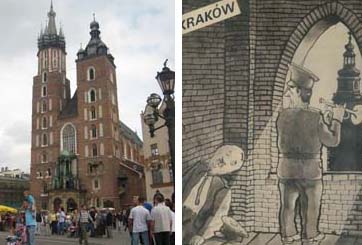
St. Mary’s Cathedral
– Kosciol Mariacki
The legend is that in 1241, a guardsman in the tower saw invading Tatar forces approaching and played his trumpet in warning. A Tatar arrow pierced his neck, but his warning had been heard. Now, (and locals say for 700 years), a bugler appears at the high window in the belfry atop the taller tower every hour to blow his horn. He stops playing suddenly to echo the historical sudden death that stopped that medieval bugler’s tune. When I visited Krakow in the mid-80s, during the Communist period, in a shop on a side-street I bought a drawing (by an artist named Mleorko) of the bugler lying inside the bell tower with an arrow through his heart. At the window, blowing the seized horn, was a man in a military uniform representing General Wojciech Jaruzelski, then head of state.
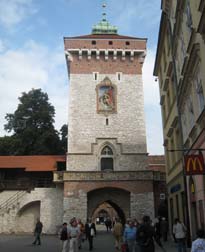
Florianska Gate –
built in 1307
The Old Town spreads out for blocks around the square. It’s part of the UNESCO heritage site. We wandered around cobbled streets that were lined with low stone houses. I saw a familiar portrait outside one old building and discovered it was the former residence of Pope John Paul. It’s now an Archdiocesan Museum. I especially liked the medieval Floriańska Gate through which royal processions entered the town. It was built in 1307. I trust it will last longer than the MacDonald’s that’s now too close for aesthetic comfort.
The next day, we visited the famous Salt Mines, another UNESCO monument 47 miles away in Wieliczka. It stands where 20 million years ago there was a salty sea. After huge geological shifts about 15 million years ago (don’t read this unless you believe in evolution!), the salt ended up underground. First it was easy to skim from the top layers, but by the 13th century, people had to dig for it. Later, they built tunnels deep in the mines with winches powered by horses to drag the salt out.
Most amazing is that as the workers ran tunnels in a spiral fashion to go ever deeper, they created a whole village of 9 floors, with bas reliefs and sculptures, chapels, sport facilities, even a sanatorium. I was stunned by the dioramas of workers at their jobs and of the horses that turned the winches. We passed a chapel with art made of salt. I thought that workers who spent their days as much as a thousand feet deep must have needed chapels! The mine wasn’t closed till the 1990s. We returned to daylight in the mining elevator.

Poland: Medieval Glories Await in Krakow – Sculptures in the Salt Mine
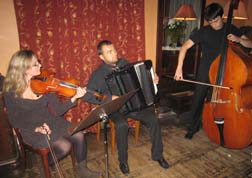
Hotel Rubinstein Klezmer Musicians
In the evening, we were ready for some relaxation, and I joined my friend at the Hotel Rubinstein for another bit of history. The building sits on a cobblestone oval around Szeroka Street which is the center of the Jewish quarter. The neighborhood dates to the time when the 14th century King Casimir the Great fell in love with Estella, a beautiful Jewish girl. Near the royal castle, he created a Jewish town which was called Kazimierz. Jews from across Europe came to live in Poland, because Casimir promised to protect them as “people of the king.” That is why so many Jews are of Polish origin. Alas, well-intentioned Casimir couldn’t have imagined what would happen to his protectorate. Auschwitz is just about an hour from Krakow.
Today the oval is lined with outdoor restaurants and a few hotels. Hotel Rubinstein, which opened just a few years ago, is a cream stucco building. Some of its structure dates to the 15th century; during renovation, art of the 16th century was discovered and was left exposed. The hotel is named after the cosmetics mogul Helena Rubinstein who was born in the next building and stayed till she was 18. On my first day in Krakow, I sat on the hotel roof terrace at sunset to see views of the Old Town. On another evening, my friend and I had dinner at the restaurant and heard Klezmer musicians playing traditional Polish Jewish music. It is now popular even among non-Jewish musicians.
I had chosen one hotel for my arrival, then another for my return from the conference. The first was the 4-star Qubus Hotel Krakow, at the Vistula River. The second was the Holiday Inn City Center in the heart of the Krakow Old Town.

Qubus Hotel
The Qubus is an 8-story building with a very modern feel. My room was spacious, with both a couch and a chaise. There are seven rooms adapted for disabled guests. The Ogień restaurant features international, Polish and vegetarian cuisine. The breakfast buffet had so many luscious choices, it could have been dinner.
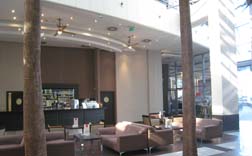
Qubus Lounge
I liked the mood of the lobby bar. There’s also a piano bar, After Work, and a week-end jazz club, Mile Stone. You can see the Old Town from the top floors which include a swimming pool, saunas, a fitness centre and a Jacuzzi. And just a few steps down to the river bank took me to the boat, captained by Andrzej, which Qubus provides guests for a complimentary welcome jaunt on the Vistula.
The Holiday Inn is built around the 3-story 19th-century beige stone Parenskich Palace that belonged to a nobleman, Professor Stanislaw Pareński (1843 to 1913). He was an internal medicine specialist and got involved in the political movement against the Polish partition. For a while the palace was a center for art exhibitions that were attended by prominent artists and writers. For the hotel, it was renovated and placed in front of a higher modern glass and concrete building which peaks out from behind. It seemed quite appropriate in Krakow, which seemed to me to shift without notice from old to new.
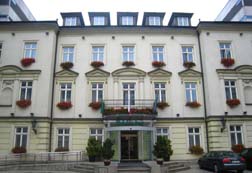
Holiday Inn Krakow City Center
I liked the dark wood and warm mood of my room, and especially appreciated a desk where I promptly installed my computer and got on to the wireless internet. The hotel lobby bar and café ‘Reflections’ has a tapas menu. The ’Bom Fogo’ restaurant features Mediterranean cuisine. There are Glat Kosher meals for groups. The breakfast buffet of cold meats and more was a happy way to start the day. From there it was an easy walk to the Old Town.

Holiday Inn Krakow City Center – Room and Buffet
If You Go:
Qubus Hotel Krakow
ul. Nadwiślańska 6,
30-527 Krakow
48 (0)12 374 5 100
Fax 48 (0)12 374 5 200
[email protected]
194 rooms; high speed internet
Holiday Inn Krakow City Center
Wielopole 4
31-072 Krakow
48 (0)12 619 00 00
Fax: 48 (0)12 619 00 05
Reservations: 48 (0)12 619 01 00
[email protected]
154 rooms; free high speed internet
Hotel Rubinstein
Szeroka Street 12
31-053 Krakow
48 (0)12 384 00 00
fax: 48 (0)12 384 00 01
[email protected]
27 rooms and 5 suites.
Wawel Royal Castle
The National Art Collection
Wawel 5
31-001 Krakow
48 (0)12 422-51-55, 422-61-21
[email protected]
Tourist Information:
48 (0)12 422 51 55 ext. 219
Kopalnia Soli
Ul. Danilowicza 10
Wieliczka
48 (0)12 278 73 02
Bio:
Lucy Komisar is a New York journalist who writes about travel and theater and also investigates the offshore bank and corporate secrecy system and how it services international crime & corruption. (That takes her to interesting places!)
Read Lucy’s work on The Komisar Scoop

